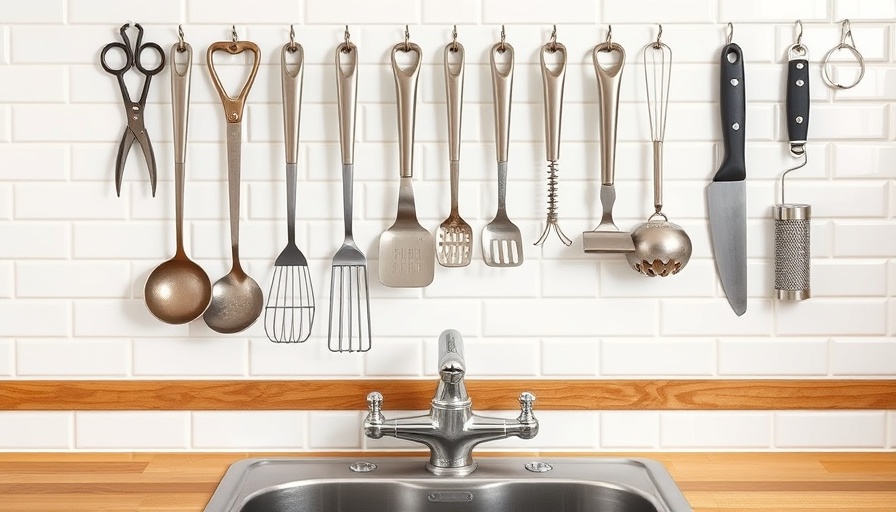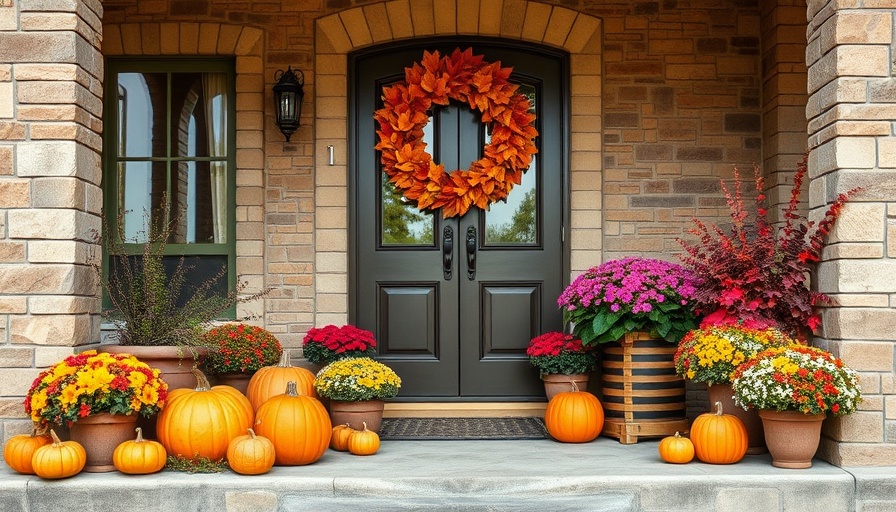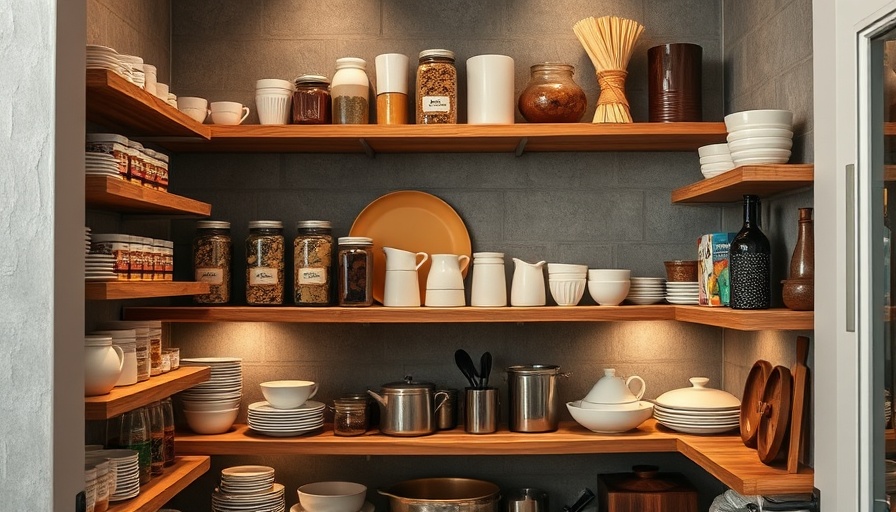
Test Your Kitchen Knowledge with This Fun Quiz
Do you think you know your kitchen like the back of your hand? Kitchen expertise is about more than just cooking skills; it includes understanding appliances, safety practices, and maintenance routines that keep your space functioning well. Testing your knowledge through a quiz can be both enlightening and entertaining, revealing areas that you might have overlooked in everyday practices.
Understanding Kitchen Appliances and Safety
From the refrigerator to the stove, each appliance plays a critical role in your kitchen. However, knowing how to operate them safely is vital. For example, are you familiar with your dishwasher's energy-saving cycles or the proper settings on your oven? Many homeowners are surprised to learn about the full range of features and settings available on their appliances. Familiarizing yourself with these can save energy and improve safety.
Emphasizing Maintenance and Repairs
Regular maintenance of kitchen appliances and fixtures is essential for longevity. This includes cleaning your dishwasher filter, checking the refrigerator seals, and ensuring your sink disposal is functioning properly. Studies show that neglecting these tasks can lead to costly repairs down the line. For instance, maintaining your garbage disposal not only enhances its efficiency but also prevents unpleasant odors and backups. Having handyman tips handy for simple repairs can empower you to tackle issues swiftly, preventing minor problems from escalating.
The Importance of Safety Practices
Kitchen safety extends beyond knowing how to cook. It encompasses everything from how to handle knives correctly to understanding fire safety measures. Are you aware of the right way to store flammable materials, or do you know the safest way to extinguish a cooking fire? Implementing effective practices ensures that your kitchen remains a safe environment for all its users.
DIY Projects to Improve Your Kitchen
Many DIY projects can enhance the functionality and safety of your kitchen while also providing an excellent way to test your knowledge. Consider installing under-cabinet lighting, which can help during food preparation, or repainting your cabinets for a fresh look. Replacement kitchen fixtures, like faucets or cabinet knobs, can also be tackled as a manageable DIY project. These tasks not only improve your kitchen aesthetically but also ensure that you have a hand in its upkeep.
Final Thoughts: Why Knowing Your Kitchen Matters
A well-informed homeowner is a prepared homeowner, and the kitchen is a critical part of your home. Whether it's knowing how to handle common repairs, regular maintenance tasks, or enhancing safety procedures, becoming familiar with every facet of your kitchen provides numerous benefits. Hence, taking some time to assess your knowledge through a quiz could highlight areas for improvement while simultaneously boosting your confidence in tackling DIY projects.
Are you ready to enhance your kitchen skills? Testing yourself with a quiz can be a fun way to learn. Add some handyman tips to your knowledge base, engage in DIY projects, and uphold essential home maintenance practices. You might just discover new aspects of your kitchen that you've never considered before!
 Add Row
Add Row  Add
Add 



Write A Comment